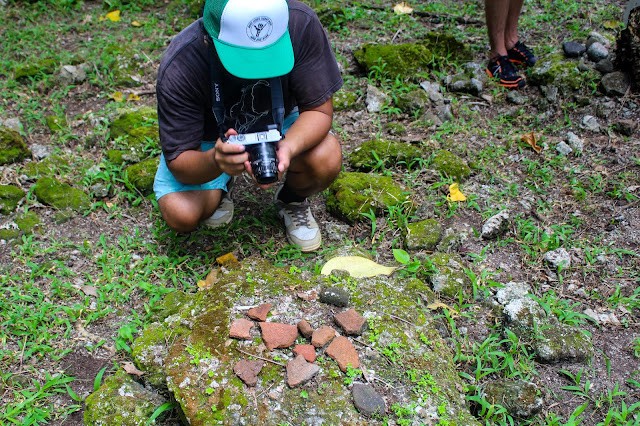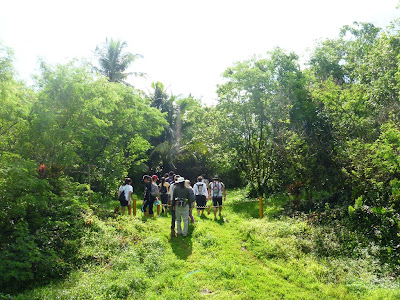Hafa adai, We Are Guåhan is pleased to announce its fourth series of Heritage Hikes: Nå’i Tåtte, Chule' Tåtte. The title translates to "Give Back, Take Back," as this series of hikes will deal with the Department of Defense's complex history of land taking and land returns on Guam. The title he upcoming Heritage Hikes will include 2 new sites, Ague Cove and Pågat Point, as well as a Sunday afternoon hike to Hila’an Village. The hike schedule is as follows: · Saturday, October 22, 2011 – Ague Cove (Difficulty: Easy. Duration: 2 – 2.5 hours) Meet at Former FAA property (near NCS Dededo) · Sunday, October 30, 2011 – Hila'an Village (Difficulty: Very Easy. Duration: 2 – 2.5hours) Meet at Tanguisson Beach Park. · Saturday, November 5, 2011 – Pågat Point (Difficulty: Medium. Duration: 3 – 4 hours) Meet at Pågat trailhead along The Back Road. WHEN: The show-time for the Ague Cove and Pågat Point hikes is 8:45a.m. with a go-time 9:00 a.m. The show time for the






